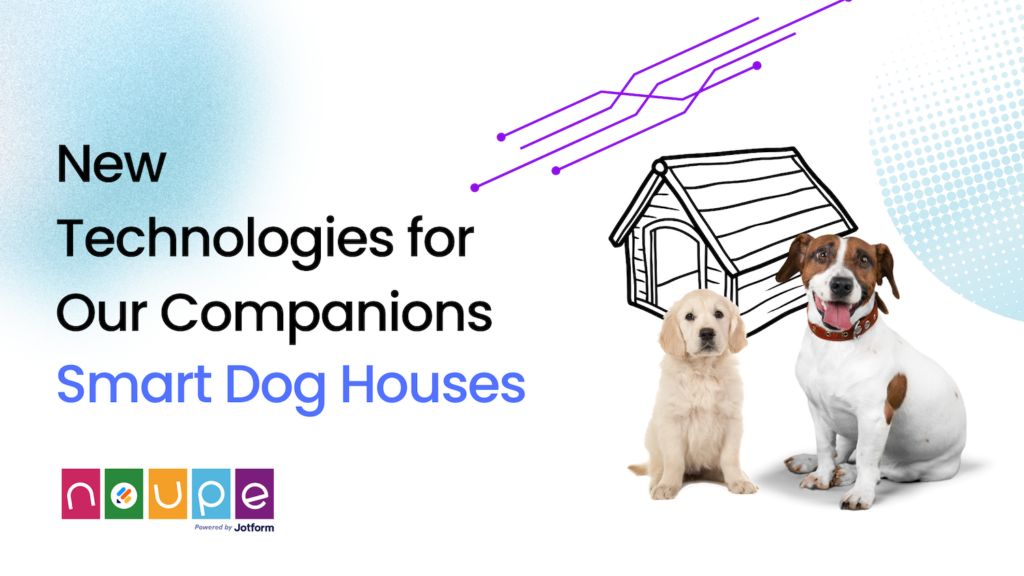What is a Document Understanding Solution?
In an increasingly digital world, businesses are burdened with overwhelming documentation such as contracts, financial statements, medical records, emails, and even social media posts. Document Understanding Solution — a game-changing concept — comes to our rescue. This concept empowers businesses to extract insights without leaving valuable data untouched.
What is a Document Understanding Solution?
A Document Understanding Solution (DUS) is an AI-powered tool that interprets and comprehends unstructured data, converting it into structured information that can be more efficiently used and applied. It removes the traditional barriers to understanding complex, dense, and variant document formats, thereby improving productivity, reducing manual tasks, and enabling better decision-making.
Why Do We Need Document Understanding Solutions?
It is predicted that an estimated 80% of the world’s data will be unstructured by 2025. If harnessed correctly, this vast ocean of data holds unprecedented business opportunities. DUS comes into play here, transforming unreadable data to readable, unstructured data to structured, and unrecognized value into recognized.
Efficient data processing can bolster strategic decision-making risk management and even differentiate a forward-thinking business from a stagnant one. However, manual data processing is time-consuming, repetitive, prone to human error, and, quite frankly, dull. With Intelligent Document Processing, we can bid adieu to these limitations.
How Does Document Understanding Solutions Work?
A DUS typically works on machine learning principles, natural language processing, and optical character recognition.
- Machine Learning (ML): ML algorithms enable the DUS to continuously learn from its interactions with data, thereby improving its understanding and processing efficiency over time.
- Natural Language Processing (NLP): NLP aids the DUS in understanding and interpreting human language as it’s found inside the documents. This includes parsing written language, context, and sentiment, enabling more nuanced information extraction.
- Optical Character Recognition (OCR): OCR provides the initial stepping stone in processing by converting different types of documents (scanned, images, PDFs) into machine-readable text.
Once the document is machine-readable, the NLP and ML components collaborate to identify and extract valuable information.
Real-World Applications of Document Understanding Solutions
The potential applications of DUS are vast and span across various industries:
- Healthcare: Medical records, prescriptions, and case notes can be digitized, understood, and structured for improved patient care and research.
- Legal: Contracts, case files, and legal documentation can be quickly reviewed and crucial points extracted, which saves time and improves case handling.
- Finance: Financial reports, invoices, and transaction documentation can be analyzed for fraud detection, financial planning, and risk assessments.
The Future of Document Understanding Solutions
As we continue to generate massive amounts of data every second, the role of DUS will only intensify in our efforts to comprehend this sea of information. Businesses that can keep pace with this data-driven trend will have a competitive advantage.
Sophisticated DUS tools are not the future — they are the present. As these solutions advance, they will integrate more seamlessly into our workflows and change how we interact with data.
Certainly, here are some additional points to consider about Document Understanding Solutions (DUS):
- Customization and Flexibility: DUS can often be customized to meet specific business needs. This means that it can adapt to various document types, formats, and languages, making it suitable for a wide range of industries and use cases.
- Data Security and Compliance: DUS solutions often prioritize data security and compliance with regulations such as GDPR in Europe or HIPAA in the healthcare sector. They ensure that sensitive information within documents is handled securely and in accordance with legal requirements.
- Integration Capabilities: DUS can integrate with existing software and systems used by businesses. This integration can streamline document processing and data extraction, making it easier to incorporate DUS into existing workflows.
- Scalability: DUS can scale to handle large volumes of documents. This is particularly important for businesses dealing with a high influx of documents on a daily basis, ensuring that efficiency is maintained as data grows.
- Quality Control: Quality control mechanisms are often built into DUS to verify the accuracy of data extraction. This helps in reducing errors and ensuring the reliability of the structured data generated.
- Training and Continuous Improvement: DUS systems require initial training and tuning to perform optimally. They also undergo continuous improvement through feedback loops and learning from user interactions, ultimately becoming more accurate and efficient over time.
- Cost Savings: While there may be an initial investment in implementing a DUS, businesses can realize significant cost savings over time by reducing manual labor and the associated errors. DUS can contribute to cost efficiency in the long run.
- Accessibility and Collaboration: DUS enables greater accessibility to information within documents. It also facilitates collaboration among teams, as structured data is easier to share, analyze, and collaborate on compared to unstructured data.
- Real-time Data Processing: Some advanced DUS solutions offer real-time data processing, allowing businesses to make faster decisions based on the most up-to-date information available.
- Customer Experience Improvement: DUS can enhance customer experiences by enabling faster response times and more personalized interactions. For example, in the customer service industry, it can help agents quickly access relevant customer data from various documents during interactions.
- Competitive Advantage: As businesses increasingly adopt DUS, those who implement it effectively can gain a competitive advantage by harnessing the full potential of their data, making data-driven decisions faster, and staying ahead in their respective markets.
- Global Reach: DUS can break language barriers by offering multilingual support, enabling businesses to process documents in different languages and expand their global reach without language-related constraints.
In summary, Document Understanding Solutions are versatile tools that bring structure and efficiency to the handling of unstructured data. Their applications extend across diverse industries, and as technology continues to advance, their role in data processing and decision-making will become increasingly pivotal for businesses striving to stay competitive in the digital age.
Conclusion
In conclusion, a Document Understanding Solution is like finding a hidden treasure map amongst a pile of paper. By converting unstructured data to structured, we can ensure the optimal use of resources and make more informed decisions, leading to business efficiency and productivity.
Featured image by 2H Media on Unsplash
The post What is a Document Understanding Solution? appeared first on noupe.















